Get PeakVisor App
Sign In
Search by GPS coordinates
- Latitude
- ° ' ''
- Longitude
- ° ' ''
- Units of Length

Yes
Cancel
Share ×

Scan the QR code and open PeakVisor on your phone
❤ Wishlist ×
Choose
Delete
Boasting a rich cultural history, a plethora of archaeological sites, rugged mountains, and stunning coastline, Greece is a country located on the southern tip of Europe’s Balkan Peninsula in the eastern part of the Mediterranean Sea. Greece contains 4,144 named mountains, the highest and most prominent of which is Mytikas on Mount Olympus (Όλυμπος) at 2,918m (9,573ft) and Mount Ida/Psiloritis (Ἴδα/Ψηλορείτης) at 2,456m (8,058ft).
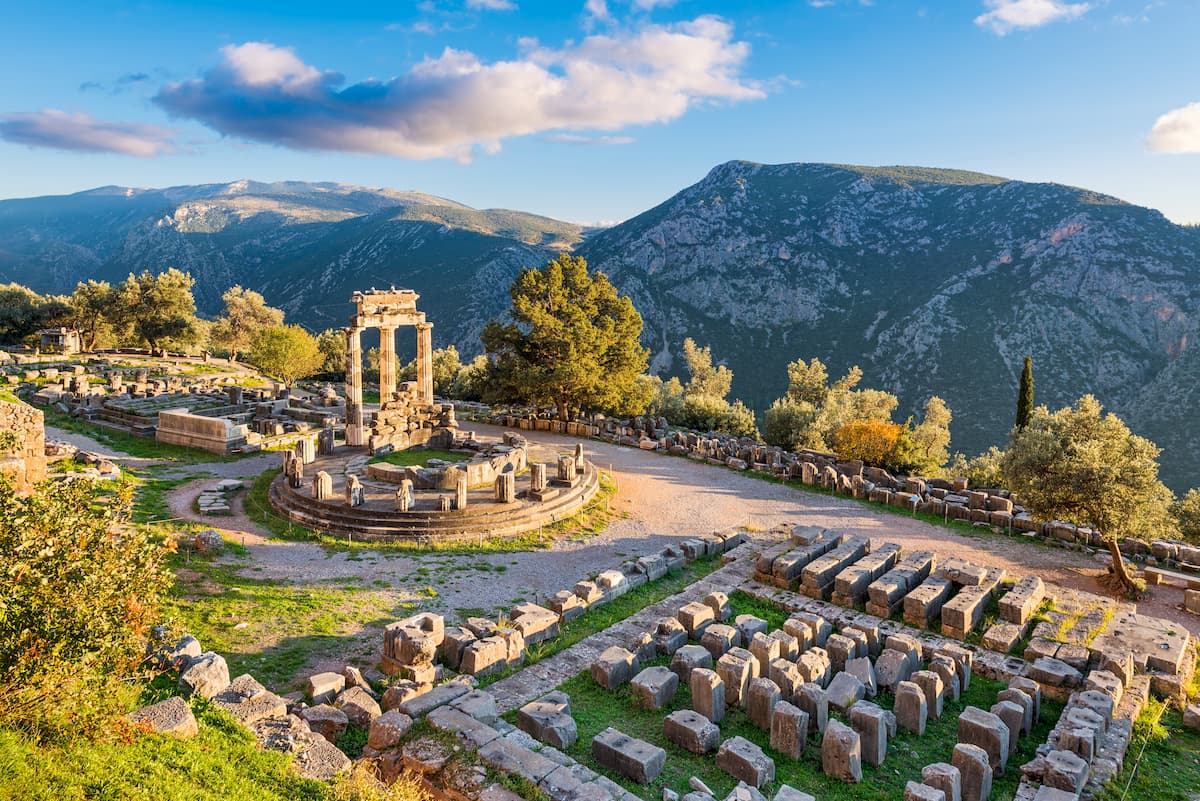
The country of Greece is located in southeastern Europe on the tip of the Balkan Peninsula. With a total land area of 131,957 sq. km (50,949 sq. mi), Greece is the 95th largest country on earth, but only the 125th most densely populated with about 10.7 million residents.
In addition to its mainland territory, Greece also contains a large number of islands, of which more than 200 are actually inhabited. Due to the region’s jagged coastline, Greece actually has more coastline than any other Mediterranean country and it has the 11th longest coastline in the world.
Greece shares its land borders with a number of different countries, including Albania, North Macedonia, and Bulgaria to the north. It also shares a small border with Turkey to the east in Thrace.

Moreover, Greece has a number of international maritime borders in the Mediterranean Sea. This includes maritime borders with Italy and Albania to the north, Malta, Libya, and Egypt to the south, and Israel, Syria, Turkey, and Cyprus to the east.
Greece is a very mountainous country, with the vast majority of the country containing hilly or rugged terrain. In fact, there are a number of major mountain ranges in Greece, including the Pindus Mountains (Πίνδος), the Rhodope Mountains (Ροδόπη), the White Mountains (Λευκά Όρη), and the Dikti Mountains (Δίκτη).

Within Greece, there are a number of different regions, each of which has its own unique cultural and landscape. Traditionally, there were only 9 regions in Greece, but after official reform in 2011, there are now 13 administrative regions in the country as Macedonia, Central Greece, Aegean Islands, and Peloponnese were each split into 2 separate regions.
Located in southwestern Greece, Attica is home to the city of Athens (Αθήνα), which also happens to be the country’s capital and its largest city. Attica contains 278 named mountains, the highest and most prominent of which is Párnis Óros/Parnitha (Πάρνηθα).
Attica is a major commercial center for the country, producing nearly half of Greece’s GDP output each year. The region has a large number of important cultural sites, many of which are in Athens and some of which date back millenia.
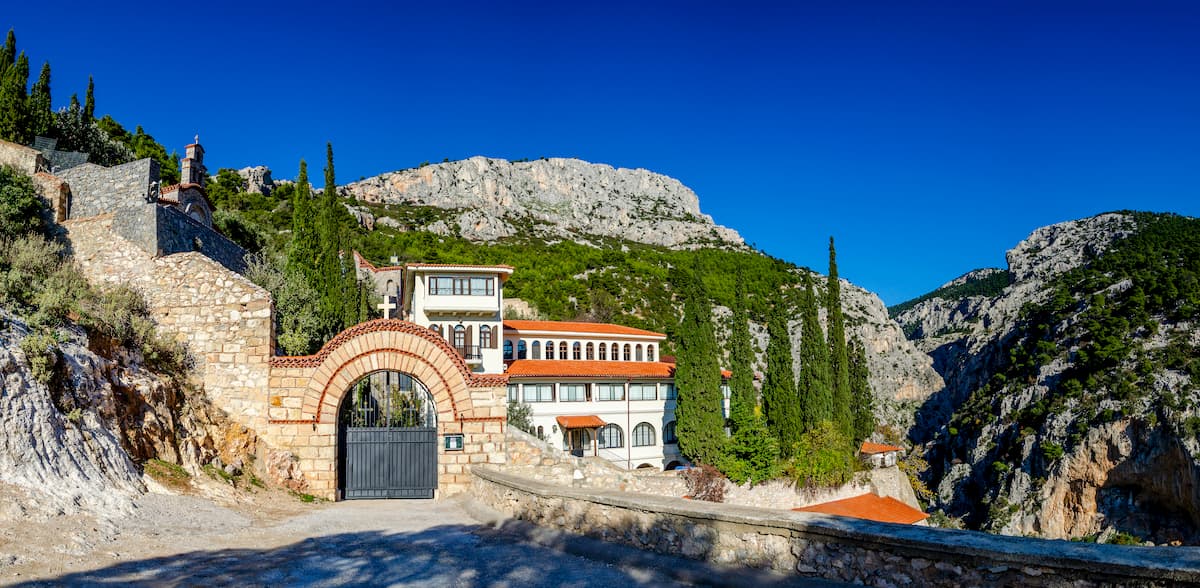
Additionally, Attica contains a number of national parks, including Mount Parnitha National Park (Εθνικό Δρυμό Πάρνηθας) and Schinias Marathon National Park (Εθνικό Πάρκο Σχινιά Μαραθώνα).
Situated just to the north of Attica, Central Greece contains much of the bulk of southern Greece with the exception of the Peloponnese to the south. Its administrative seat is Lamia (Λαμία) and it contains 740 named mountains, the highest and most prominent of which is Mytikas on Mount Olympus (Όλυμπος).
The region also contains part of the mighty Pindus Mountains, which form the backbone of Greece. Additionally, Central Greece contains a handful of national parks, including Oiti National Park (Δρυμός Οίτης) and Alonissos Marine Park (Θαλάσσιο Πάρκο Αλοννήσου).
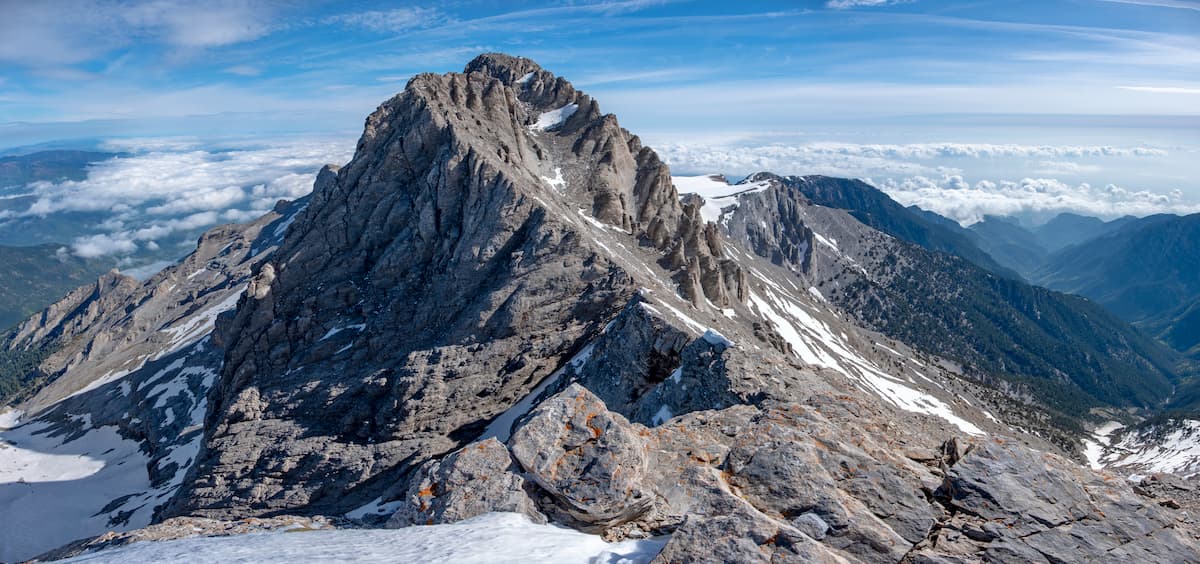
Encompassing the central part of the traditional region of Macedonia, Central Macedonia is a mostly lowland region to the south of North Macedonia and Bulgaria. However, alongside Eastern Macedonia and Western Macedonia, it contains 566 named mountains, the highest and most prominent of which is Mytikas on Mount Olympus (Όλυμπος).
The largest city in Central Macedonia is Thessaloniki (Θεσσαλονίκη), which also happens to be the second biggest city in the country. Central Macedonia is best known for its beautiful beaches, which makes it a very popular tourist destination.

In fact, it’s among the most popular mainland tourist destinations in the entire country, partially because one can visit 2 different UNESCO World Heritage sites. One of the most popular sites is the burial ground of Phillip of Macedon, Alexander the Great’s father.
The largest of the Greek islands, Crete is located about 160km (100mi) to the south of the mainland in the middle of the Mediterranean. Crete’s administrative area contains 525 naemd mountains, the highest and most prominent of which is Mount Ida/Psiloritis (Ἴδα/Ψηλορείτης).

Having been continuously inhabited for hundreds of thousands of years, Crete is a veritable treasure trove of historical significance. It is actually a very mountainous island as both the White Mountains (Λευκά Όρη) and Dikti Mountains (Δίκτη) cover much of the region.
In addition to being one of Greece’s largest tourist hubs, Crete has a number of national parks, including Samaria Gorge National Park (Δρυμός Λευκών Ορέων), which is a World Biosphere Reserve and Psiloritis Natural Park (Ψηλορείτης Δήμων Συβρίτου Κουρητών/Φυσικό Πάρκο Ψηλορείτη).
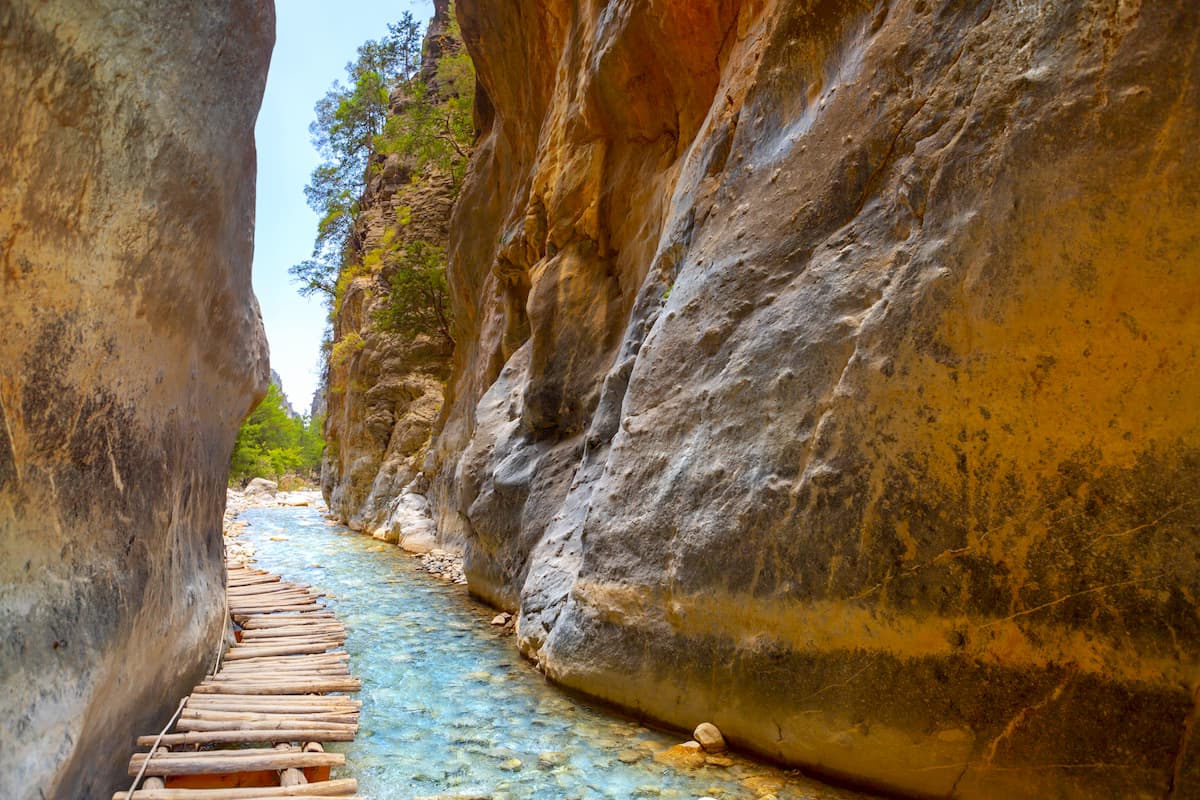
As the name suggests, Eastern Macedonia and Thrace encompasses the easternmost part of the traditional region of Macedonia, as well as parts of Thrace, which it shares with Turkey. Alongside Western and Central Macedonia, Eastern Macedonia and Thrace contains 566 named mountains, the highest and most prominent of which is Mytikas on Mount Olympus (Όλυμπος).
Although much of the region is actually fairly low-lying, it does contain part of the Rhodope Mountains, which originate in Bulgaria. The largest city in the region is Alexandroupoli (Αλεξανδρούπολη), which has about 60,000 residents.
Eastern Macedonia and Thrace also contains a few national parks, including Dadia Lefkimmi Soufli National Forest Park (Εθνικό Πάρκο Δάσους Δαδιάς-Λευκίμμης-Σουφλίου) and National Park of Eastern Macedonia - Thrace (Εθνικό Πάρκο Ανατολικής Μακεδονίας - Θράκης).
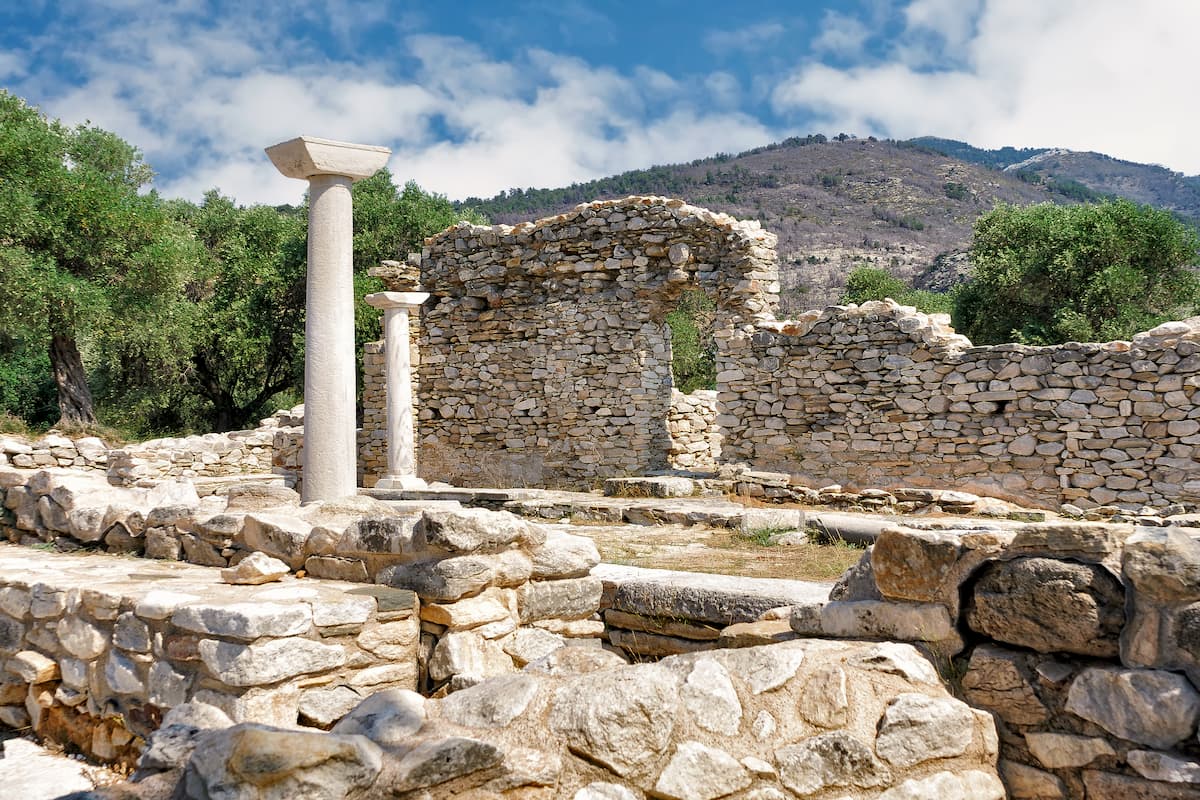
The westernmost mainland region of Greece, Epirus is a highly mountainous area that’s home to 749 named mountains, the highest of which is Smolikas (Σμόλικας), and the most prominent of which is Kaïmaktsalán (Καϊμακτσαλάν/Kajmakčalan/Каjмакчалан).
Epirus contains a significant part of the Pindus Mountains, which runs down the backbone of the country. Technically speaking, the Pindus Mountains are an extension of the Dinaric Alps, which can be found to the north in Croatia, Slovenia, Bosnia and Herzegovina, Serbia, Kosovo, Albania, and Montenegro.
Moreover, Spirus contains the truly stunning Vikos-Aoös National Park (Εθνικός Δρυμός Βίκου Αώου), which is a must-visit for mountain lovers everywhere.
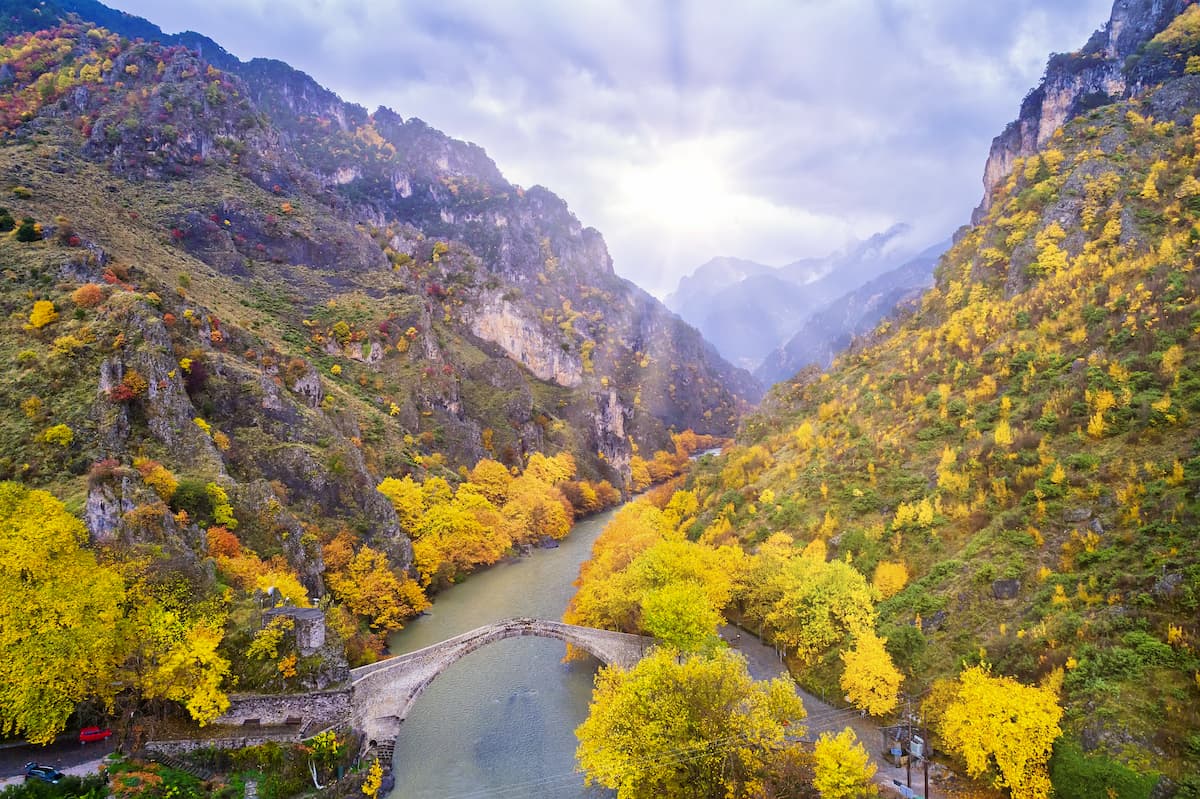
Aptly named, the Ionian Islands contains, well, almost all of the Ionian Islands, with few exceptions, such as Kythera, which is part of Attica. Combined with West Greece and Peloponeese, the Ionian Islands have a combined 932 named mountains, the highest and most prominent of which is Profítis Ilías/Taygetus (Ταΰγετος).
The Ionian Islands region is a major tourism hub thanks to its many beautiful beaches and islands. In particular, the island of Corfu (Κέρκυρα) is particularly popular and it is the nation’s sixth largest airport. Moreover, the region contains a national park - the National Marine Park of Zakynthos (Εθνικό Θαλάσσιο Πάρκο Ζακύνθου).
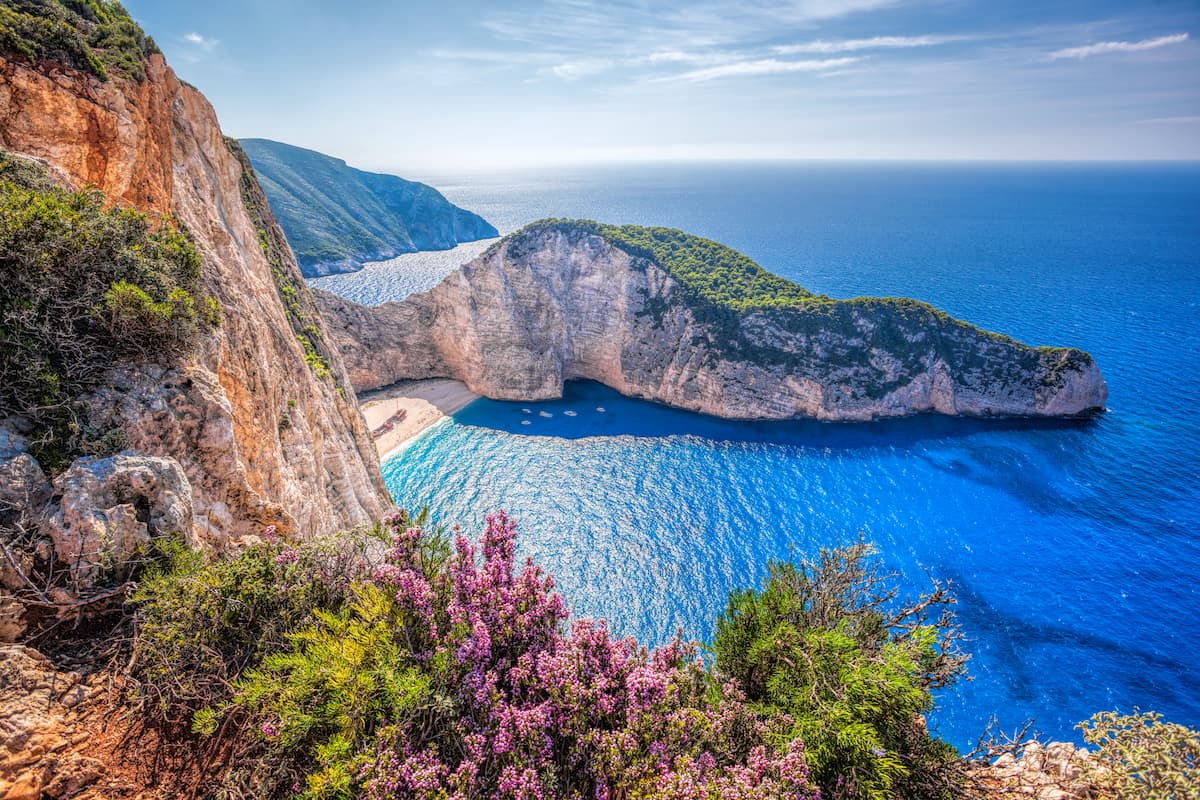
The other predominantly island-based regions of Greece, the regions of the North & South Aegean encompass much of the country’s westernmost islands. Within the Greek Aegean Islands, there are 423 named mountains, the highest and most prominent of which is Kerkis (Κέρκης).
Before the administrative reform in 2011, North and South Aegean were actually managed as a single region. These days, the administrative capital of North Aegean is Mytilene (Μυτιλήνη) on Lesbos (Λέσβος) while the capital of South Aegean is Ermoupoli (Ερμούπολη) on Syros (Σύρος).
Interestingly, while South Aegean has the second highest per-capita GDP in the country, North Aegean has the lowest. However, the total population of both regions is just around 500,000, so they comprise just a fraction of Greece’s total population.
The southernmost mainland region of Greece, Peloponnese includes almost the entirety of the Peloponnese Peninsula as well as some surrounding islands and part of the mainland. Alongside the Ionian Sea and West Greece, the region contains 932 named mountains, the highest and most prominent of which is Profítis Ilías/Taygetus (Ταΰγετος).
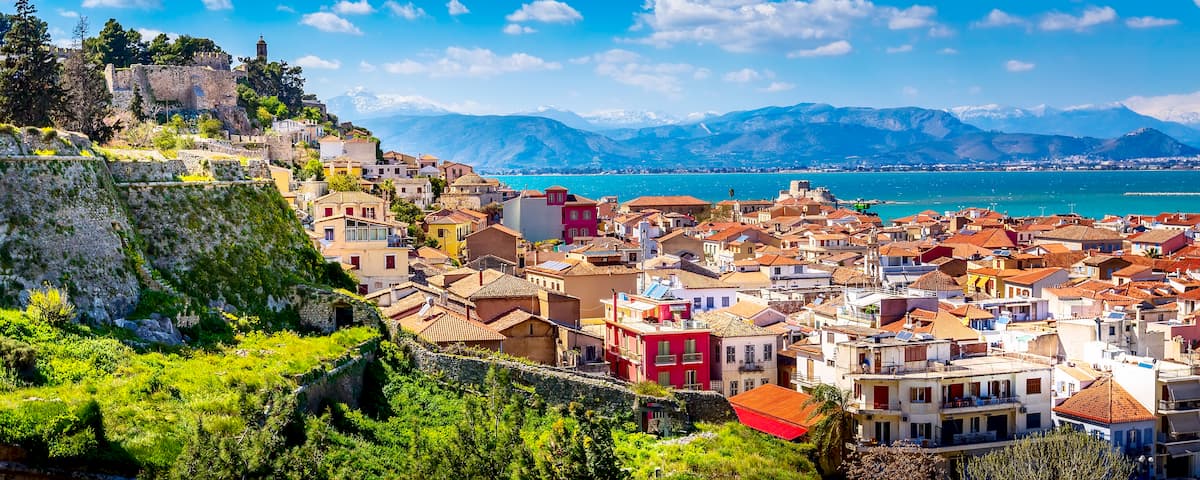
This region is known for its many archaeological sites and beautiful cities, such as Corinth (Κόρινθος) and Tripoli (Τρίπολη). It also contains a number of national parks, such as Ainos National Park (Εθνικός δρυμός Αίνου Κεφαλληνίας) and Kotychi - Strofilia Wetlands National Park (Εθνικό Πάρκο υγροτόπων Κοτυχίου – Στροφυλιάς).
Located to the north of Central Greece, Thessaly (formerly known as Aeolia/Αἰολία) is a fairly recent addition to Greece, having been ruled by the Ottoman Empire until the late 19th century. It contains 740 named mountains, the highest and most prominent of which is Mytikas on Mount Olympus (Όλυμπος) at 2,918m (9,573ft).
Thessaly also contains a portion of the Pindus Mountains on its western edge as well as some truly spectacular mountain scapes, particularly around the Meteora Valley. Some of the many great hiking areas in the region include Olympos National Park (Εθνικός δρυμός Ολύμπου) and Parnassos National Park (Εθνικός Δρυμός Παρνασσού).
As the name suggests, Western Greece includes the western half of mainland Greece including a small part of the Peloponnese Peninsula. In addition to its neighboring Ionian Sea and Peloponnese regions, Western Greece contains 932 named mountains, the highest and most prominent of which is Profítis Ilías/Taygetus (Ταΰγετος).
The capital of Western Greece is Patras (Πάτρα), which happens to be the country’s third largest city. It is known for having hot summers, but you can often find snow in the region’s mountains.
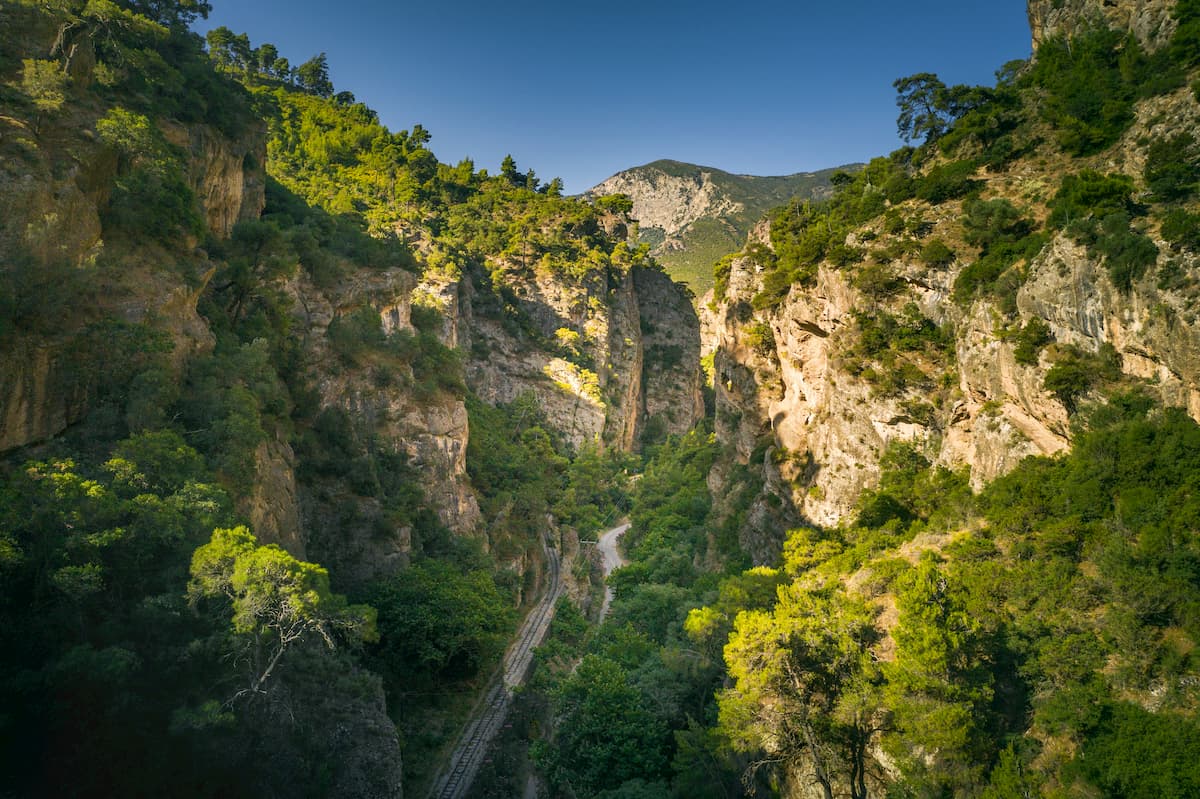
Comprising the westernmost part of the traditional region of Macedonia, Western Macedonia is home to about 280,000 residents, as well as a substantial portion of the Pindus Mountains. Alongside Epirus, Western Macedonia has 749 named mountains, the highest of which is Smolikas (Σμόλικας), and the most prominent of which is Kaïmaktsalán (Καϊμακτσαλάν/Kajmakčalan/Каjмакчалан).
Western Macedonia has a varied economy, which depends on energy production, mining, and agriculture. It is also developing a strong tourism industry, thanks to the nearby Pindus National Park (Εθνικός Δρυμός Πίνδου) and thanks to the snow that it receives at the highest elevations during the winter months.
Perhaps the most unique of the 13 Greek regions, the Monastic Republic of Mount Athos occupies a small peninsula in northeastern Greek around Mount Athos (Άθως).
The region is actually a collection of more than a dozen different monasteries, which represent various aspects of the Eastern Orthodox Church.
Interestingly, women are not allowed in the region nor within 500m (1,640ft) of the coastline, and they have not been for more than 1,000 years. This has caused some contention in years past, though it’s worth noting that this gender ban refers to all female animals, except cats.
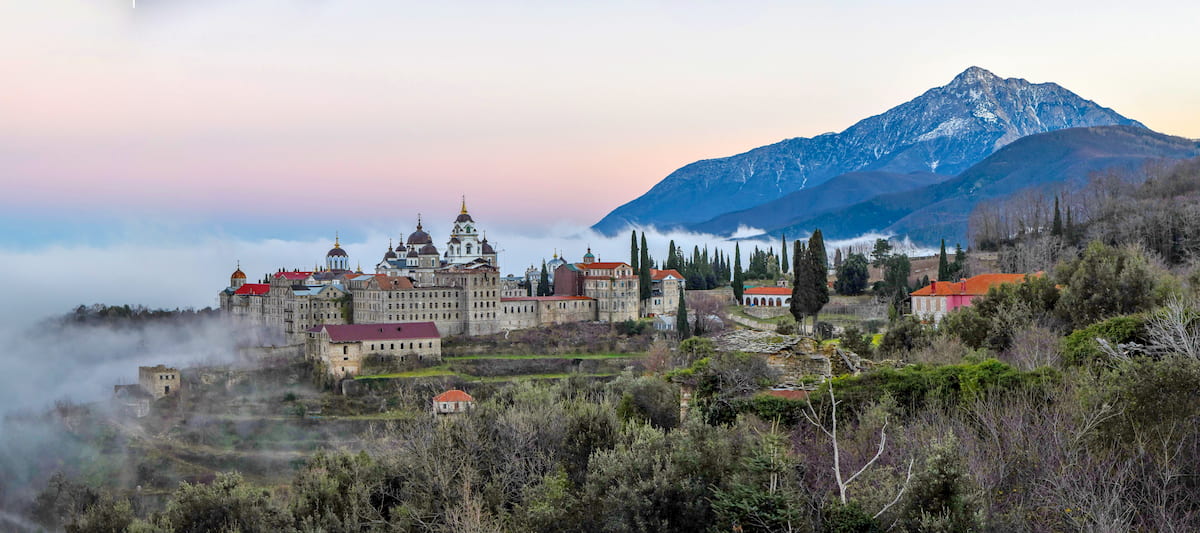
Greece has a particularly complex geologic structure and history, due, in part, to its location in between the Eurasian plate and the African plate.
Although there are regional geological differences throughout Greece, overall, some of the oldest rocks in the country are metamorphic in origin and date back to the Palaeozoic. In particular, throughout parts of the Rhodope Mountains, there are large outcroppings of marbles and gneisses with some younger granitic intrusions.
In addition to this ancient metamorphic rock, Greece also has large sedimentary deposits, many of which are Cenozoic in age. Sedimentary rocks can be found throughout the Aegean Islands basin.
Moreover, like neighboring Turkey, Greece is home to quite a few volcanoes. While many of the country’s volcanoes are extinct, a decent number are still active, particularly around the South Aegean Volcanic Arc. One of the largest volcanic eruptions in the region - the Minoan Eruption - happened about 3,6000 years ago and is believed to have had a VEI magnitude of between 6 and 7, causing earthquakes and tsunamis off the coast of Crete.
Greece is also fairly rich in natural mineral resources, with sizable deposits of minerals and metals such as antimony, barite, bentonite, chromite, bauxite, copper, and iron.
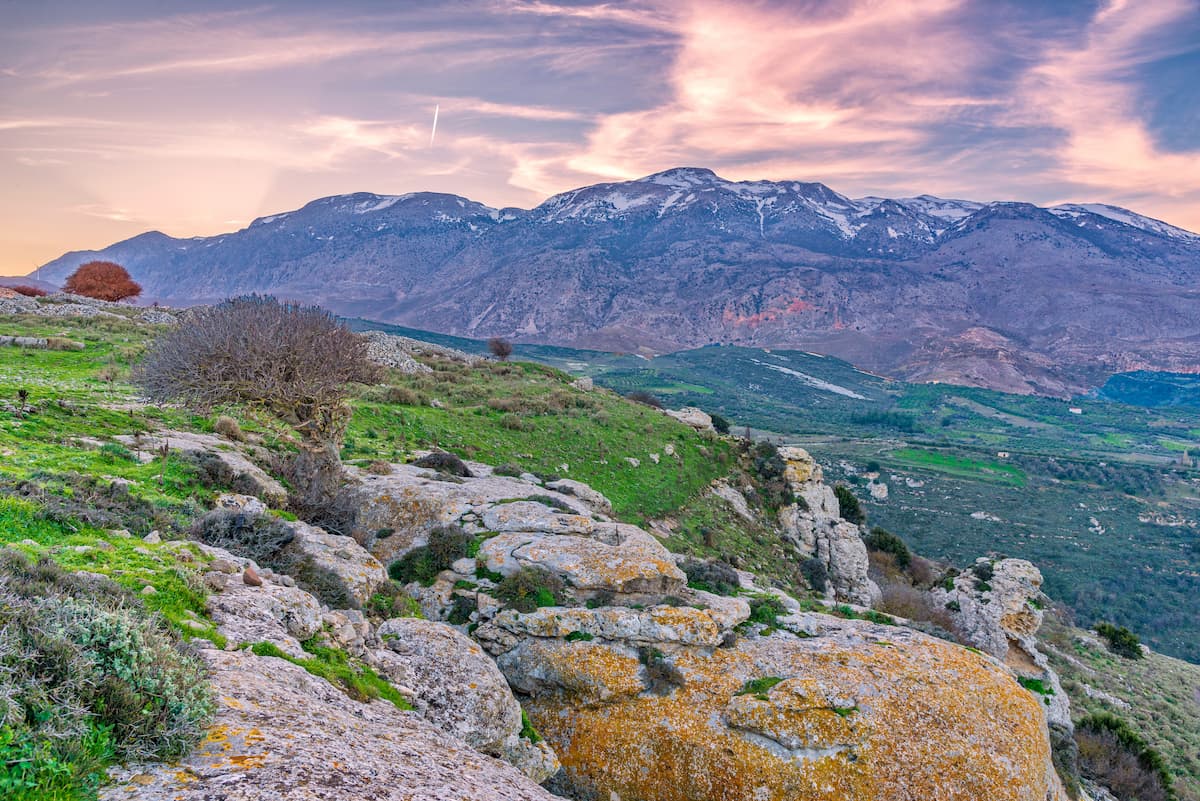
Major peaks in Greece include a number of ultra-prominent mountains, including Psiloritis, Mytikas, Profitis Illías, Pachnes, Athos, Ossa, and Spathi.
In a country as geographically varied as Greece, a decent amount of biodiversity is to be expected. Thankfully, Greece does not disappoint and the region is home to a fantastic array of flora and fauna within 2 primary ecoregions.
For the most part, Greece (except for Crete) is within the Aegean and Western Turkey Sclerophyllous and Mixed Forest Ecoregion. This ecoregion contains a mix of shrublands and woodlands.
Major tree species within Greece include Greek strawberry, holm oak, kermes oak, terebinth, cedar, green olive, Judas trees, Montpellier maple, elm, and ash. There are also various shrubs, including bay laurel, Spanish broom, and the smoke tree.
Wildlife in Greece includes everything from European wildcats, Balkan lynx, and Eurasian brown bears to the European polecat, minks, weasels, martens, badgers, and otters. Additionally, one can find wild boar, roe deer, red deer, and fallow deer, as well as chamois.
Found almost exclusively on the island of Crete, the Crete Mediterranean Forests Ecoregion is a unique region with over 1,600 species of plants. However, it is worth pointing out that much of the region’s native forest cover has since been cleared by humans over the millenia.

Traditional plant species in the ecoregion include kermes oak, downy oak, Cretan date palm, Calabrian pine, Cretan maple, and Mediterranean cypress. There are also many shrub species on the island, including Jerusalem sage, conehead thyme, hairy thorny broom, and Phoenician juniper.
Crete is also home to some endemic mammals, including the Crete spiny mouse and the Cretan shrew. The Cretan ibex (kri-kri) is also a type of feral goat that’s only found on Crete and on some neighboring islands.
That being said, Crete also has a long list of now-extinct wildlife, including the Cretan dwarf hippopotamus, dwarf elephants, the Cretan dwarf mammoth, the Cretan owl, and the Cretan dwarf megacerine.
The history of Greece is long and storied. Humans have lived in and around what is now Greece for tens of thousands of years, though the first agricultural societies began around 7,000 BCE.
Around 1,100 BCE, the period commonly referred to as Ancient Greece began and continued until the end of antiquity around 600 CE. However, many people use “Ancient Greece” to refer to the Greek period before the start of the Roman Empire in regular conversation.
During this time, Greece was not a single unified people, but rather a collection of city states, each of which had their own unique culture and way of governance. In 323 BCE, with the death of Alexander the Great, the period known as “Classical Greece” ended and the Hellenistic Period began.
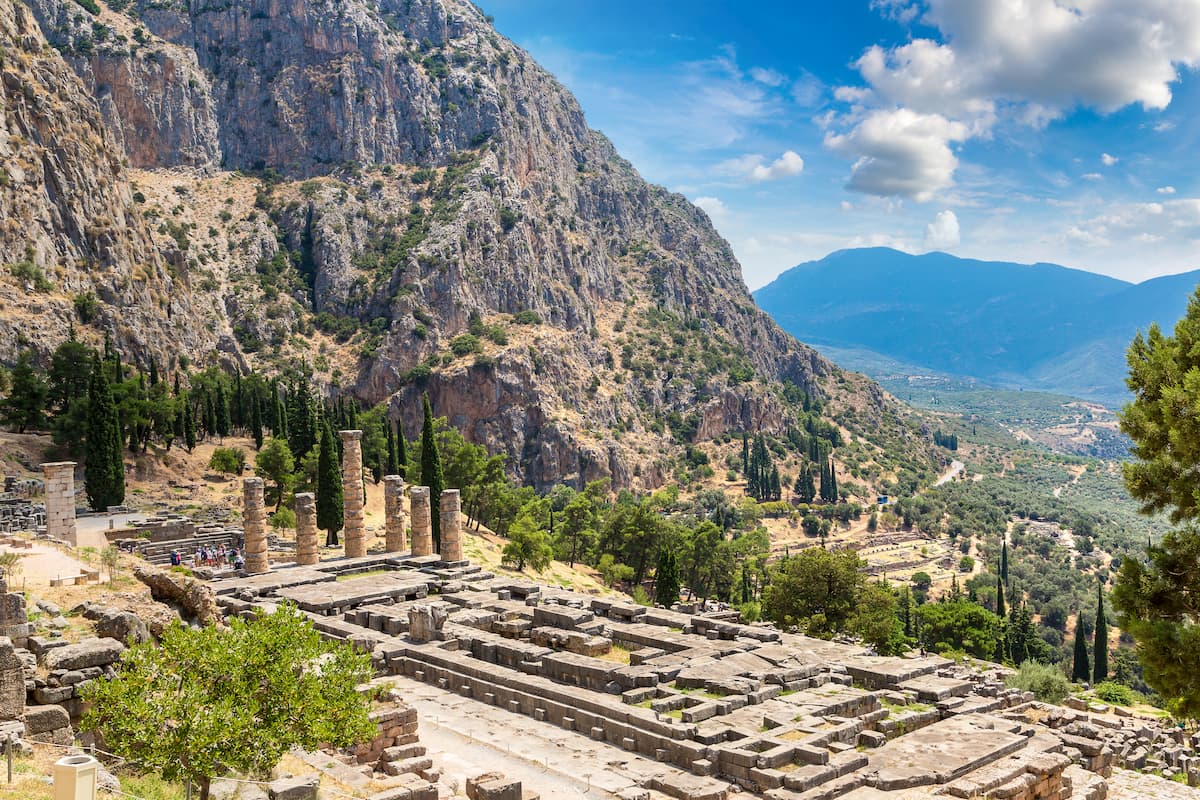
At this point, much of the Greek peninsula and the surrounding islands were annexed by Rome. After the fall of the Western Roman Empire, the Eatstern Roman Empire (known as the Byzantine Empire) controlled much of what is now Greece and Constantine established his capital at Constantinople (Κωνσταντινούπολη) at what is now Istanbul in Turkey.
The next major period in the region’s history began with the rule of the Ottomans in the 15th century onward, which continued until the Greeks declared independence in the early 19th century.
In the early 1900s, Greece also participated in the Balkan Wars, which ended up being an important part of the country’s modern history. After the war, the country nearly doubled its size, gaining regions such as the Aegean Islands, Macedonia, and Epirus.
The most recent century in Greece’s history has been turbulent, to say the least. The country was occupied by the Axis powers during World War II and, after the war ended, Greece launched into its own Civil War.

After a brief military dictatorship during the late 1960s and early 1970s, Greece entered into the Third Hellenic Republic in 1974. Since then, Greece has joined NATO, the European Union, and the Eurozone.
Perhaps the biggest event to hit Greece in the 21st century was the country’s massive economic crisis.
However, the country is rebuilding and tourism is becoming more and more popular in Greece every year. These days, visitors to Greece can enjoy the country’s amazing mountainscapes and venture to its many national parks, where an endless amount of outdoor adventure awaits.
Looking for a place to hike in Greece? Luckily for you, there are plenty of excellent options to choose from. Here are some of the most popular hiking destinations in the country:
Located in northern Greece, near the country’s border with Albania, Vikos-Aoös National Park (Εθνικός Δρυμός Βίκου Αώου) is a highly rugged area that’s known for its caves, canyons, and mountainous scenery. The park contains 30 named mountains, the highest and most prominent of which is Karteros (Καρτερός), a summit on the Tymfi (Τύμφη) massif.
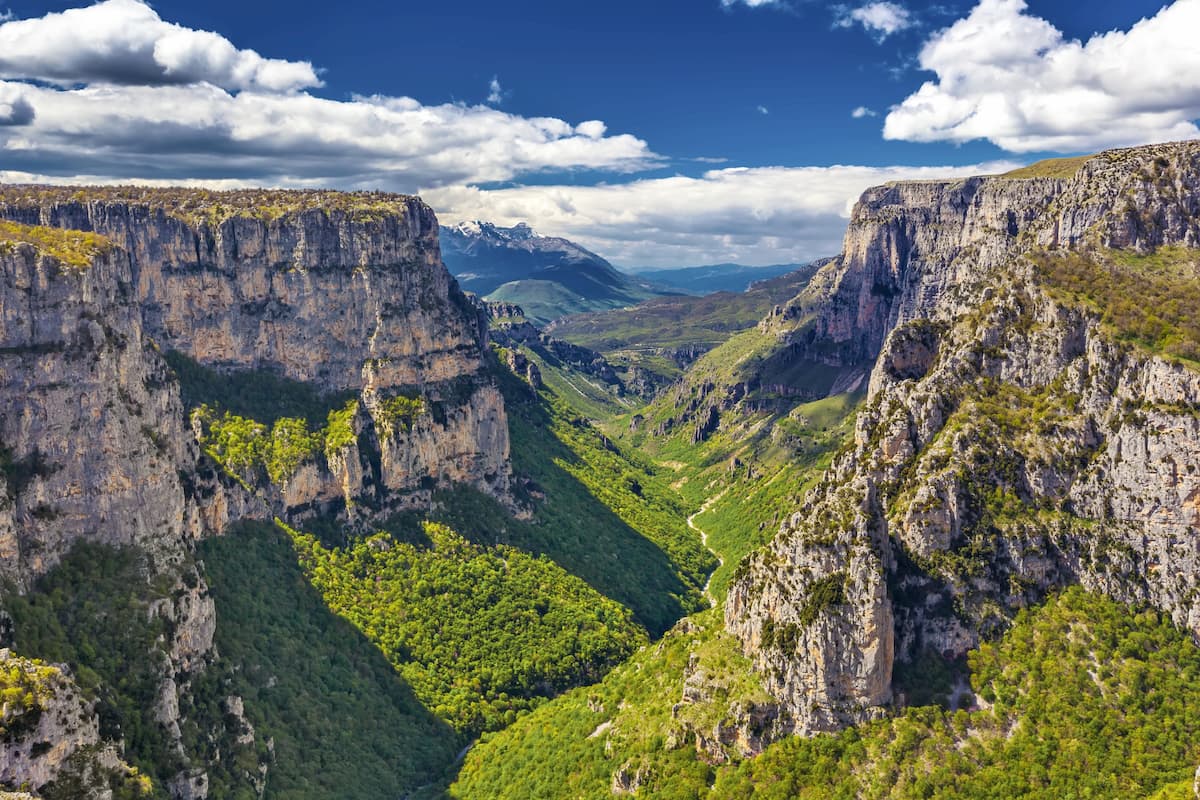
Originally designated in 1973, Vikos-Aoös is now a UNESCO Geopark that’s well known for its rafting, hiking, and paddling opportunities. The park centers around the Vikos Gorge (Φαράγγι του Βίκου), which boasts steep rock cliffs. In fact, one of the most popular trails in the park crosses the gorge and there are many other trails that lead to scenic viewpoints.
Olympos National Park (Εθνικός δρυμός Ολύμπου), which also goes by the name Olympus National Park, is a small protected area in north-central Greece to the north of Larissa (Λάρισα) in Thessaly. The park has 40 named mountains, the highest and most prominent of which is Mytikas on Mount Olympus (Όλυμπος) at 2,918m (9,573ft).
Olympos National Park was established in 1938, making it the first national park in the country. It is now a UNESCO Biosphere Reserve and a popular destination for tourists in the region. There are also plenty of great hikes to choose from, including treks to the summit of Mount Olympus.
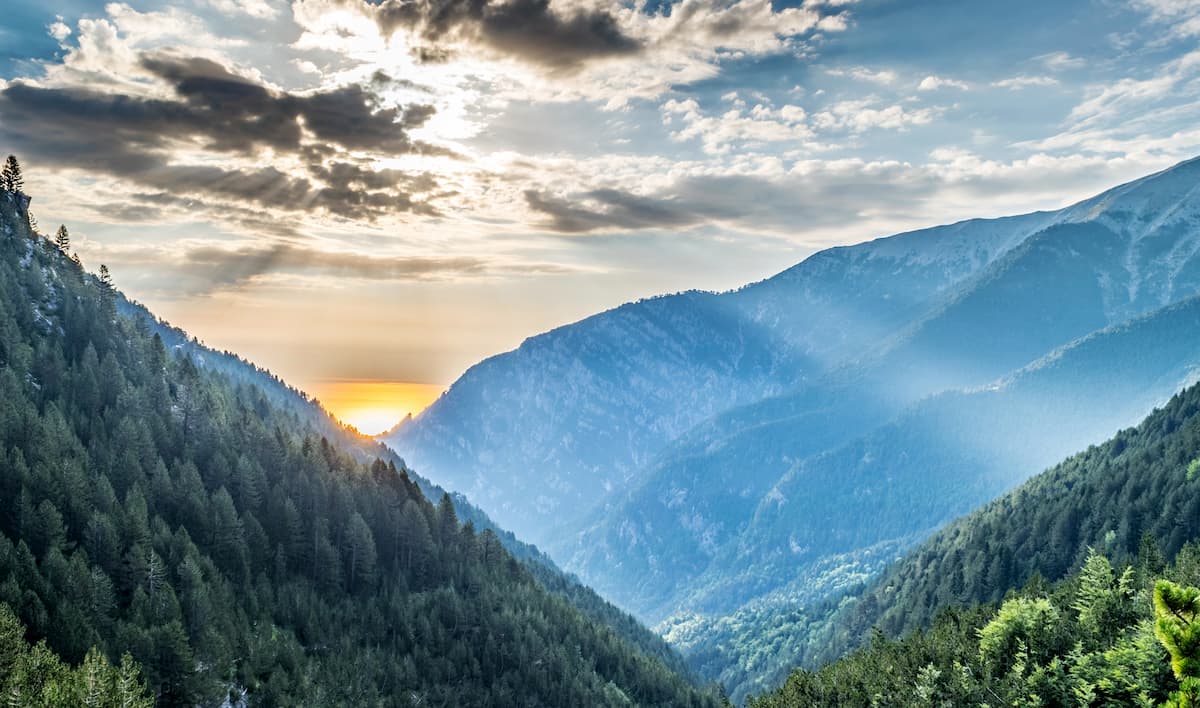
Samaria Gorge National Park (Δρυμός Λευκών Ορέων) is located on the western edge of the island of Crete. One of the island’s main tourist attractions, the park has 53 named mountains, the highest and most prominent of which is Pachnes.
As the name suggests, the park is situated around a major gorge which is located in the White Mountains. The park is also a World Biosphere Reserve and it is a popular hiking destination, so it’s a must-see if you’re visiting Crete.
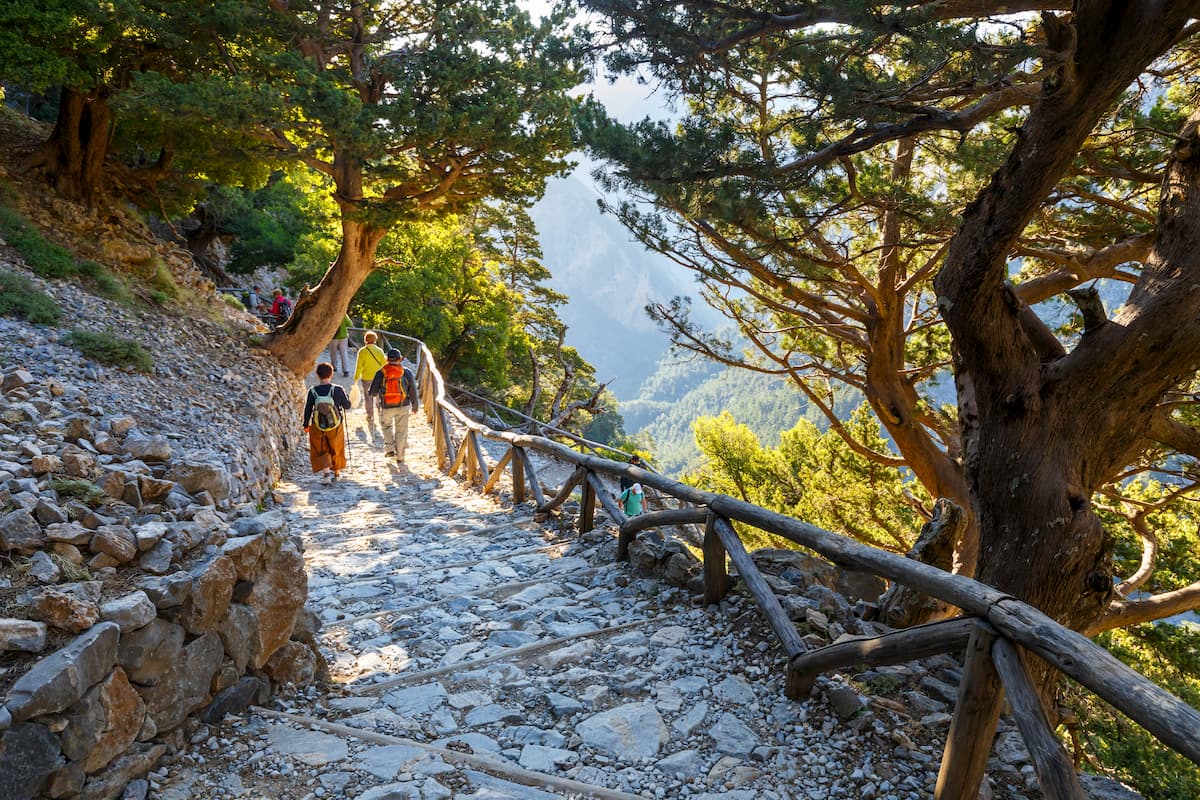
Greece has some truly fantastic cities, each with their own unique cultural heritage to check out. Here are some of the best places to stay during your visit:
The capital of Greece and its largest city, Athens (Αθήνα) is located in the Attica region in the southeastern part of the country. Athens is home to around 660,000 residents, and it is a major tourist destination thanks to its amazing archaeological remains, which include the Acropolis.
The city is also easy to get to, thanks to its major international airport, motorways, rail lines, ferries, and bus connections.
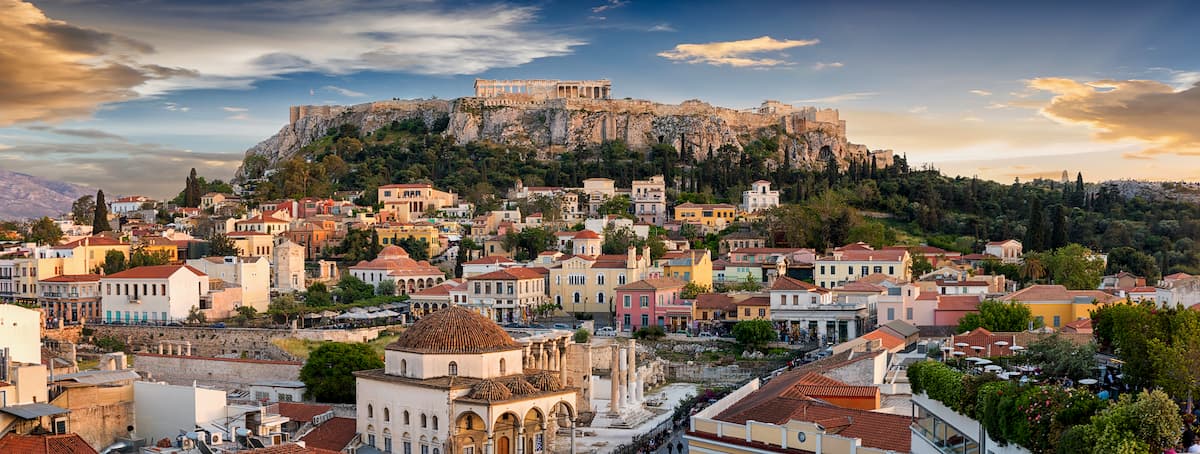
Thessaloniki (Θεσσαλονίκη) is the second largest city in Greece with about 315,000 residents. It is located in Central Macedonia and it is best known for its many festivals. In Thessaloniki, visitors can check out a number of important cultural sites, including Byzantine monuments.
The city also has a small airport with service around the country, as well as a train station with connections to nearby towns.
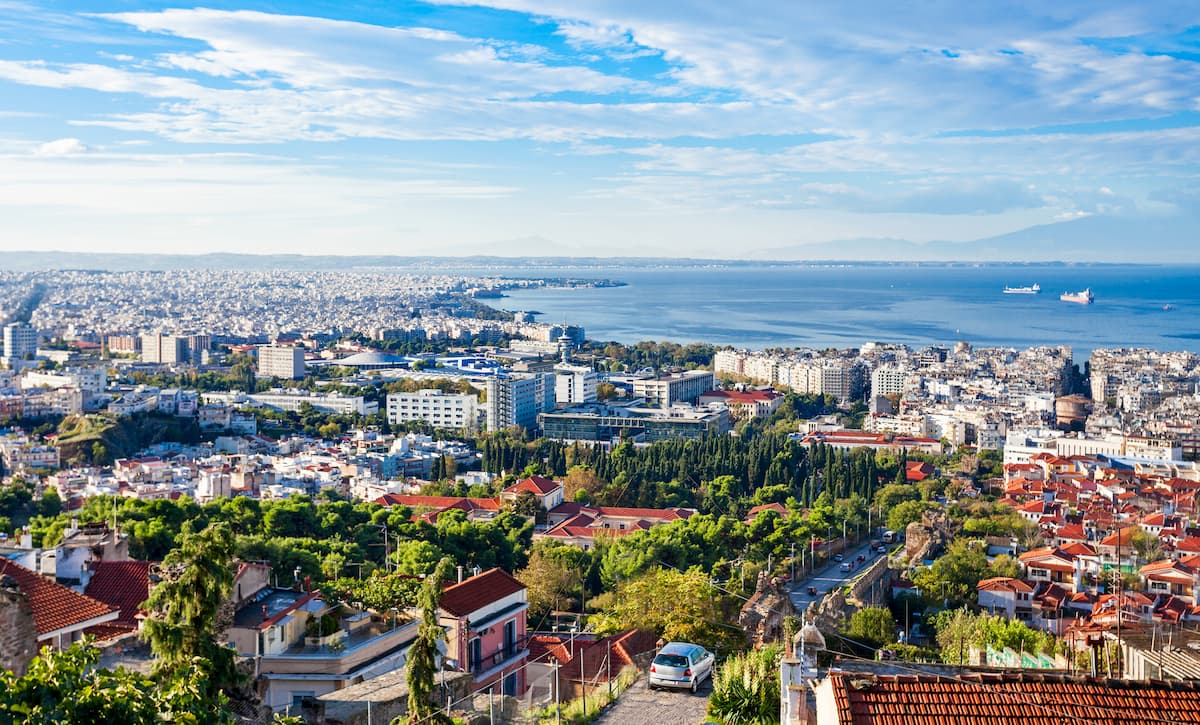
The city of Larissa (Λάρισα) is the largest in Thessaly with about 180,000 inhabitants. It is a major agricultural center for the country and an important transport hub thanks to its central location.
Larissa has many great museums and cultural sites, as well as a great bus system with connections to nearby destinations.
Situated on the north shore of Crete, Heraklion (Ηράκλειο) is the largest city on the island and its administrative capital. The city is the fourth largest in the country with about 215,000 residents and it is one of the fastest growing tourist destinations in Europe.
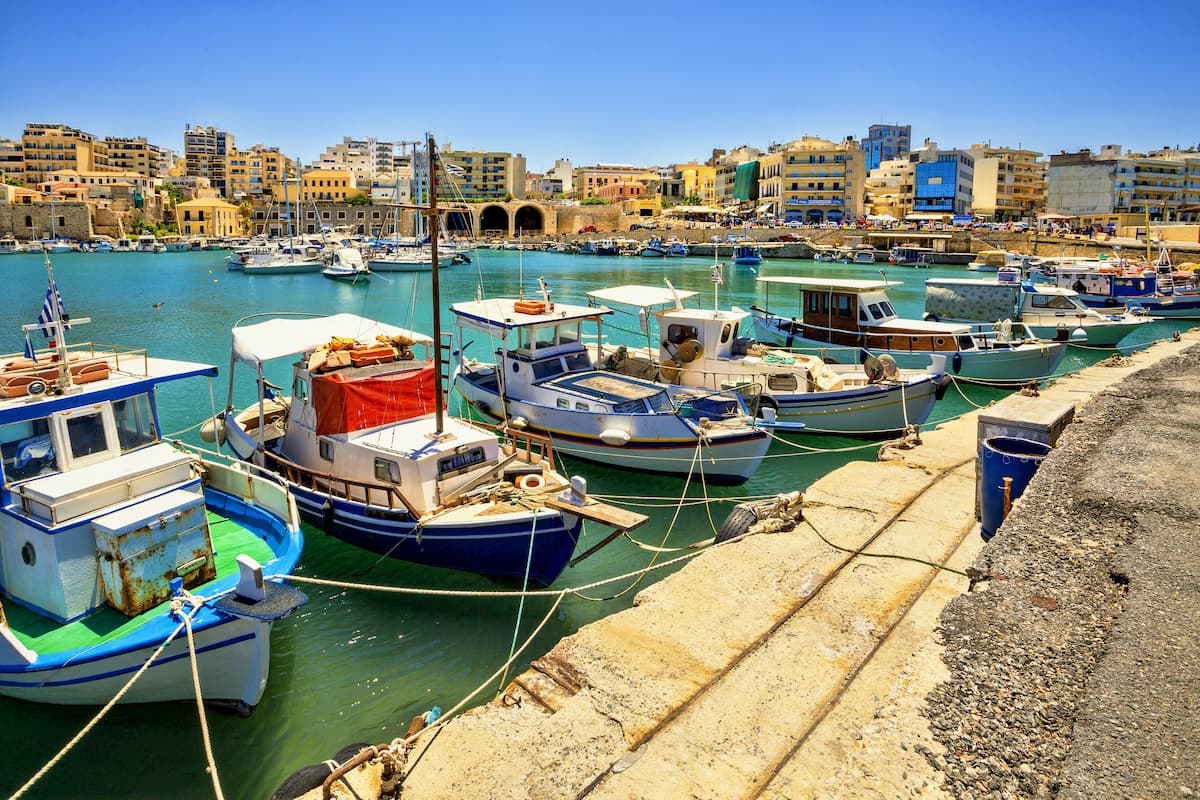
Heraklion can be accessed by ferry or air, but once you’re on the island there are buses that allow for easy access to the region’s many towns and villages.
Explore Greece with the PeakVisor 3D Map and identify its summits.








